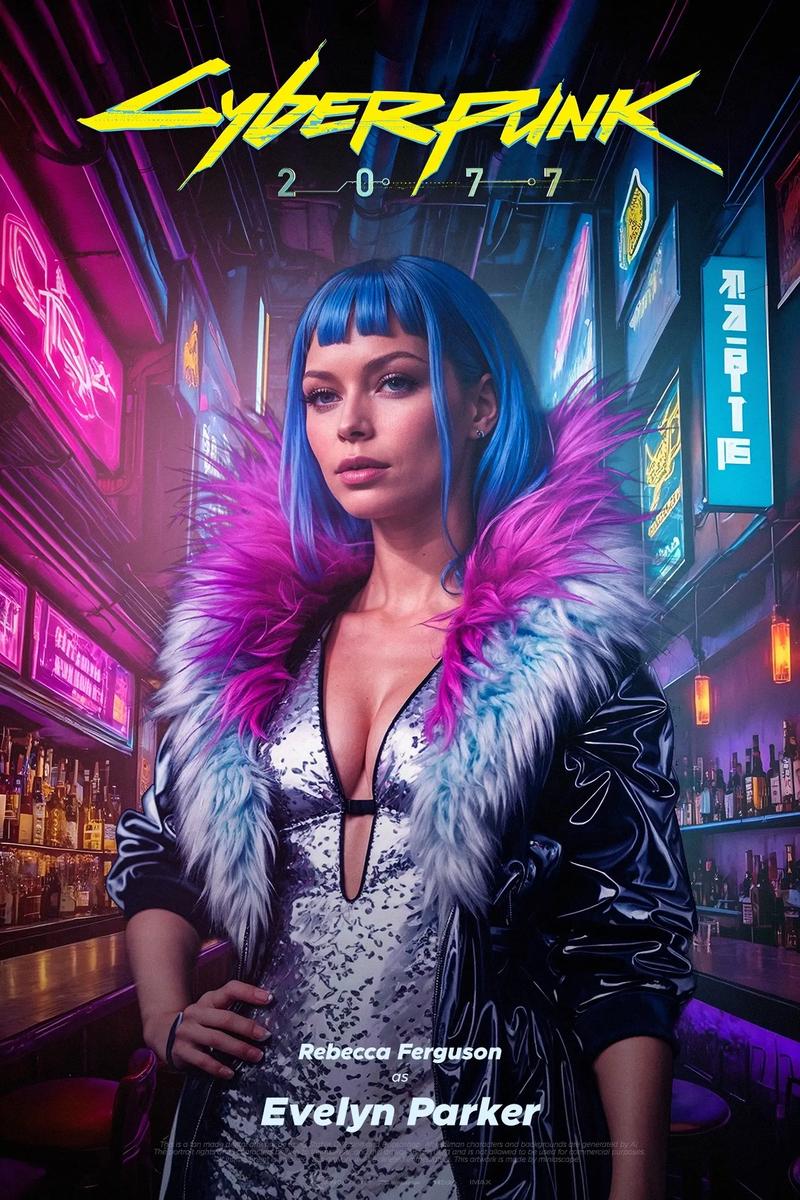Resident Evil 5 Score Reassessment: The Co-Op Impact
When Resident Evil 5 launched in 2009, it was met with a whirlwind of praise and criticism. Critics lauded its polished gameplay, stunning visuals, and cinematic presentation, but many long-time fans of the series expressed disappointment. The game was criticized for its departure from the survival horror roots of earlier titles, its sun-drenched environments that replaced claustrophobic darkness, and perhaps most divisively, its mandatory co-operative gameplay. At the time, reviews reflected this schism, often docking points for what was perceived as a compromised single-player experience. Over a decade later, however, the conversation around Resident Evil 5 has subtly shifted. A critical reassessment is underway, and at the center of this reevaluation is the very element that initially divided its audience: the co-op experience.
The Initial Critique: A Solo Player’s Burden
To understand the modern reassessment, one must first revisit the original critique. The Resident Evil series, particularly the seminal classics like RE1 and RE2, was built on a foundation of isolation and vulnerability. The player, often alone, navigated eerie environments with limited resources, where every zombie encounter was a tense calculation of risk versus precious ammunition.
Resident Evil 5 shattered this formula. By making the AI partner, Sheva Alomar, a constant presence, the game eliminated the feeling of solitude that was core to the franchise’s identity. The AI’s behavior became a significant point of contention. Players complained of Sheva wasting valuable ammunition, making poor combat decisions, and requiring constant babysitting through the game’s inventory management system. The single-player experience felt like it was fighting against a design built for two. For many, the game was a frustrating, sometimes infuriiring, deviation from what they loved. Review scores from dedicated survival horror fans often reflected this, marking it down as a good action game but a poor Resident Evil title.
The Co-Op Revelation: A Designed-For-Two Experience
The negative perception of the co-op system was almost entirely rooted in the single-player experience. For those who ventured into the game’s campaign with a human partner—either locally via split-screen or online—Resident Evil 5 revealed itself to be an entirely different, and brilliantly crafted, experience.
The game’s design is meticulously built around partnership. Puzzles require coordination, with players often needing to perform simultaneous actions or cover different angles. Combat scenarios are structured to encourage tactical teamwork; while one player distracts a major enemy like the executioner-derived Majini, the other can target its weak point. The infamous “jail” fight against a horde of Majini is a chaotic masterpiece with a friend, but a controller-throwing nightmare with the AI.
This cooperative synergy extends to the game’s economy. The constant juggling of resources—deciding who gets the rifle, who hoards the green herbs, and who should buy the new shotgun—becomes a core part of the strategy. It transforms the game from a solitary struggle for survival into a shared adventure where communication and collaboration are key to victory. The much-maligned inventory system, clunky in single-player, becomes a dynamic tool for teamwork in co-op, as players instantly trade items and ammunition mid-fight.
The Shift in Perspective: Time and Context
The reassessment of Resident Evil 5’s score is not merely about discovering the "right" way to play it. It is also a product of changing contexts within both the gaming industry and the Resident Evil franchise itself.

Firstly, the passage of time has allowed the game to be judged less as a betrayal of the classic Resident Evil formula and more on its own merits as a stellar third-person co-op shooter. As the industry embraced online multiplayer and co-op experiences as central pillars of gameplay, RE5 began to look less like an outlier and more like a pioneer. Its mechanics are now seen as refined and impactful, influencing countless co-op games that followed.
Secondly, Capcom’s own subsequent releases provided new context. Resident Evil 6’s critical stumble demonstrated how co-op could be implemented poorly, with bloated campaigns and a confused identity. In contrast, RE5’s focused, consistent campaign was seen in a more favorable light. Later, the success of Resident Evil 7 and the RE2 remake successfully sated the audience’s hunger for classic survival horror, allowing fans to look back on RE5 not as the game that "killed" the genre, but as a bold, experimental spin-off—one that is arguably the best action-oriented entry in the series.
Furthermore, the cultural conversation around representation in games has also prompted a re-examination of Sheva’s character. While the game’s portrayal of its African setting was (and remains) rightly criticized for leaning on exoticist tropes, Sheva herself is now often appreciated as a capable, intelligent, and integral partner whose presence is a net positive for the franchise’s diversity.
Conclusion: A Legacy Forged in Partnership
The initial review scores for Resident Evil 5 were not "wrong"; they were a reflection of a specific experience—the flawed single-player journey. The reassessment of its score is a recognition of its intended experience: co-operative play.
Today, Resident Evil 5 is rightly celebrated as a landmark co-op game. Its mechanics are tight, its set-pieces are thrilling when shared, and its campaign remains incredibly replayable with a friend. It stands as a testament to the idea that a game’s quality can be intrinsically tied to how it is played. While it may never be considered the pinnacle of survival horror, its legacy as a pinnacle of action-horror co-op is secure. The revised critical consensus is clear: when evaluated as the designed-for-two experience it was meant to be, Resident Evil 5 deserves to be scored among the greats of its genre.














